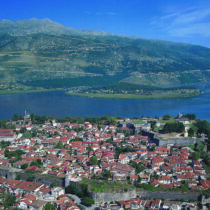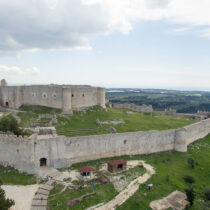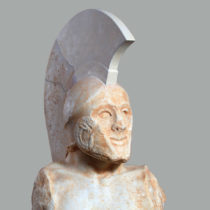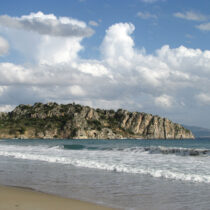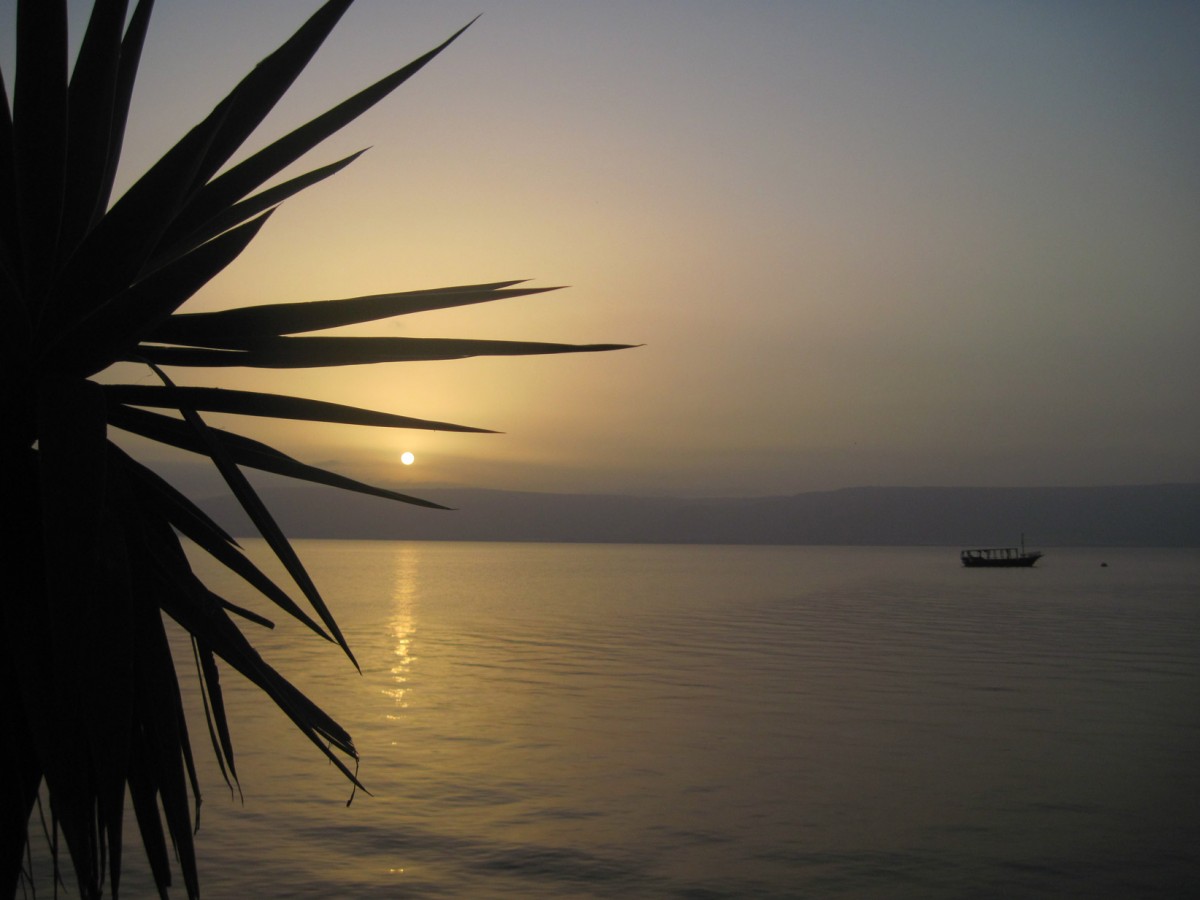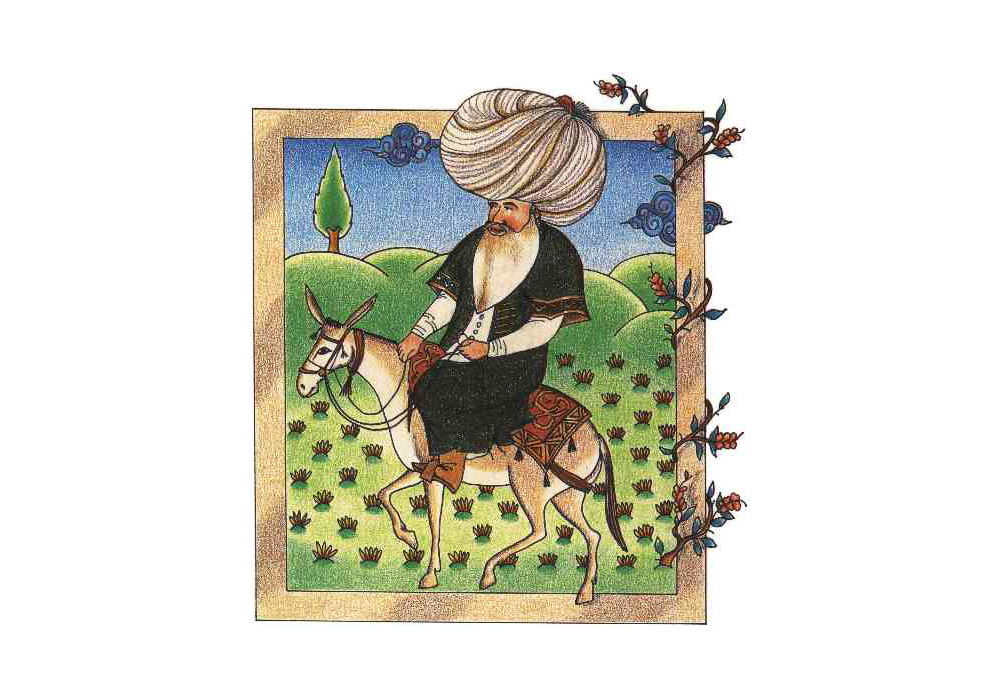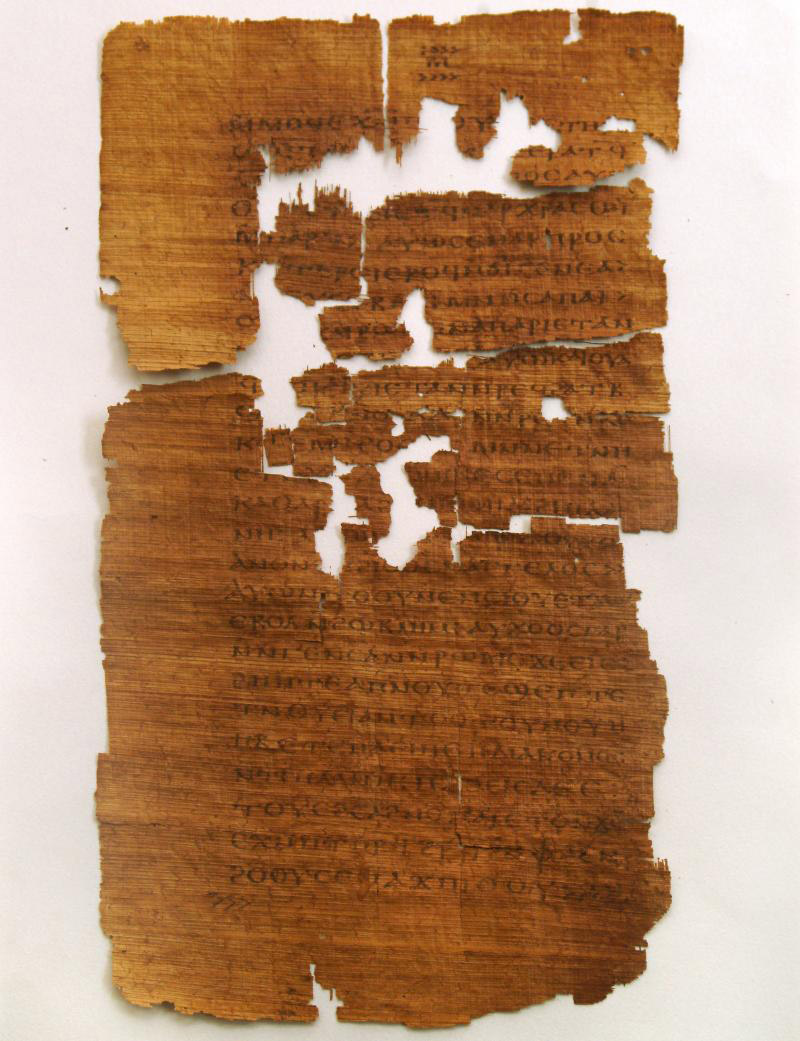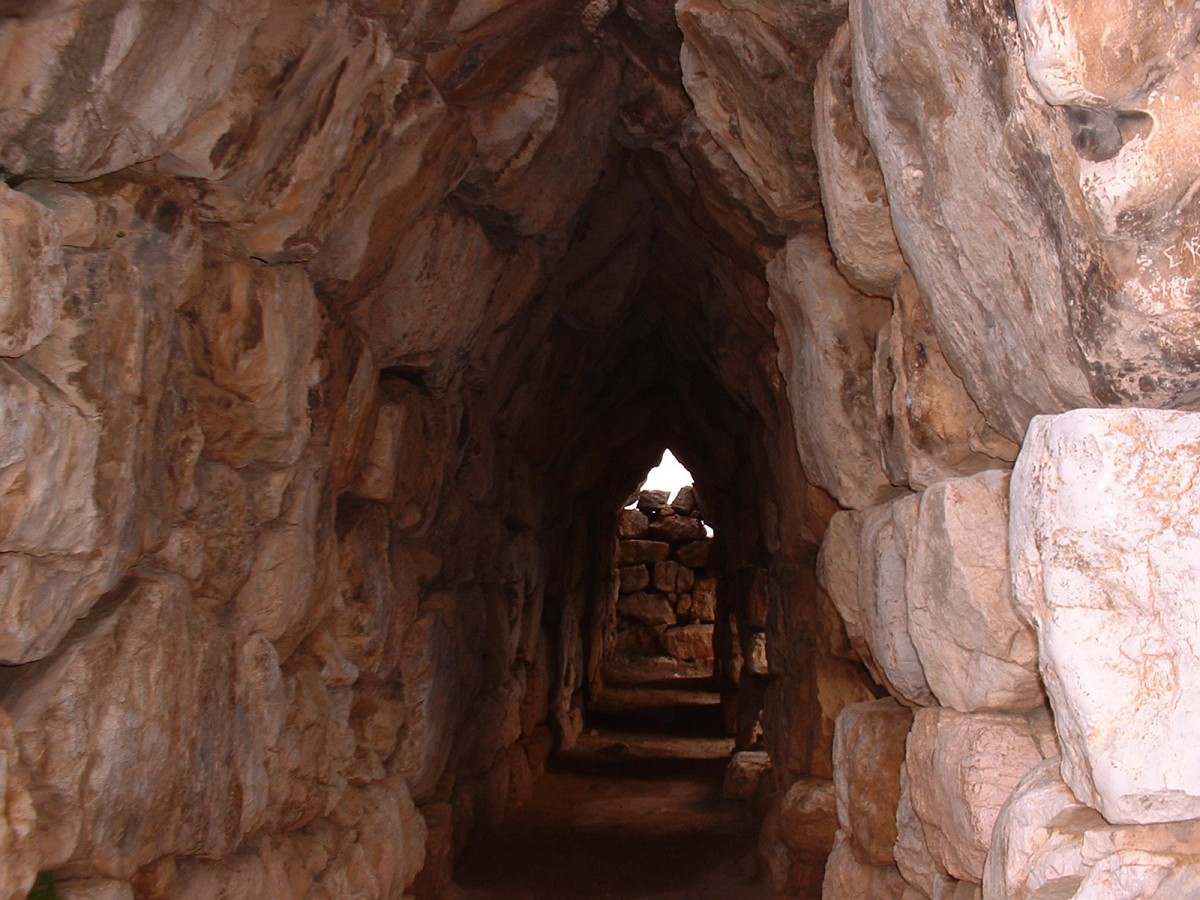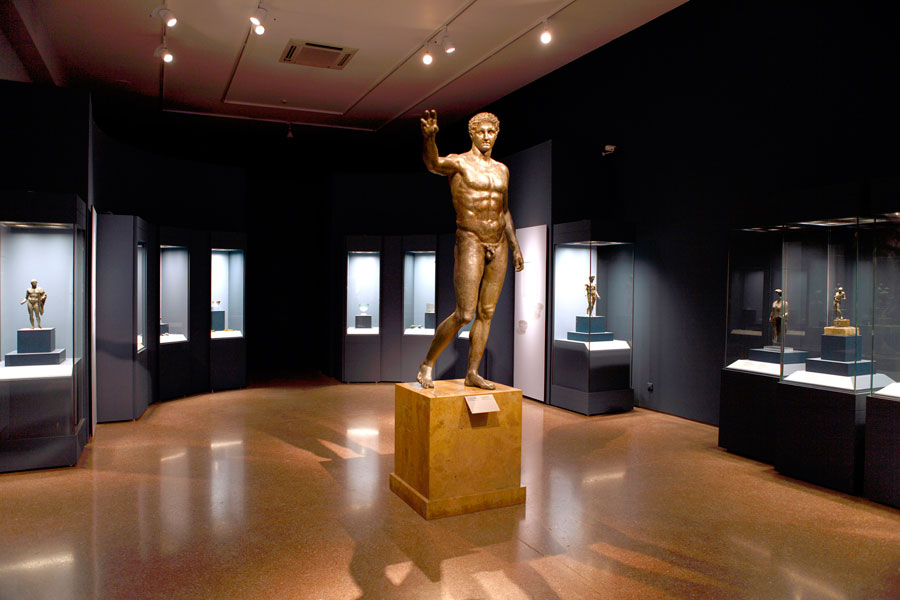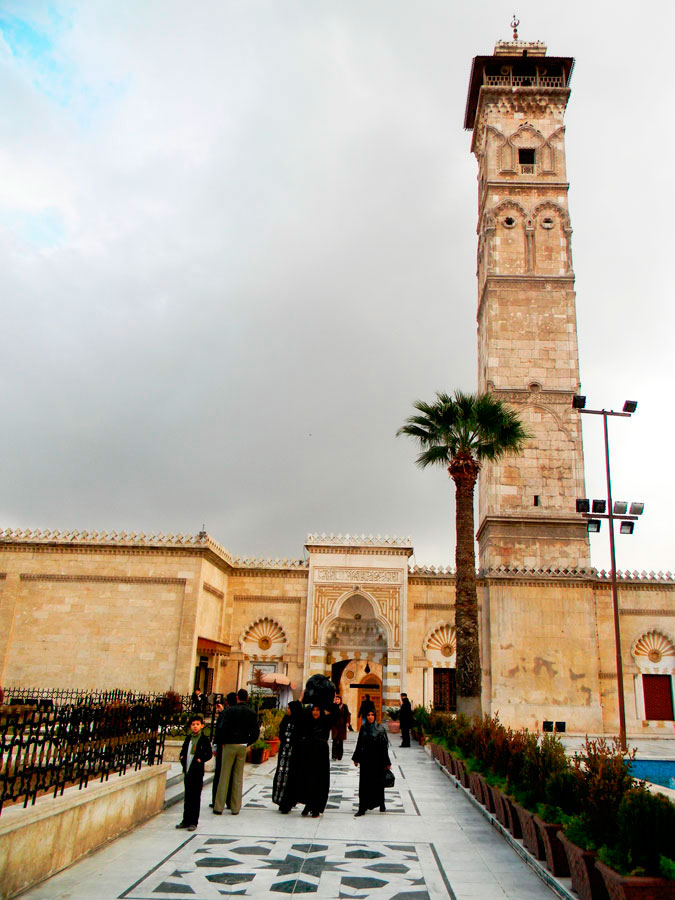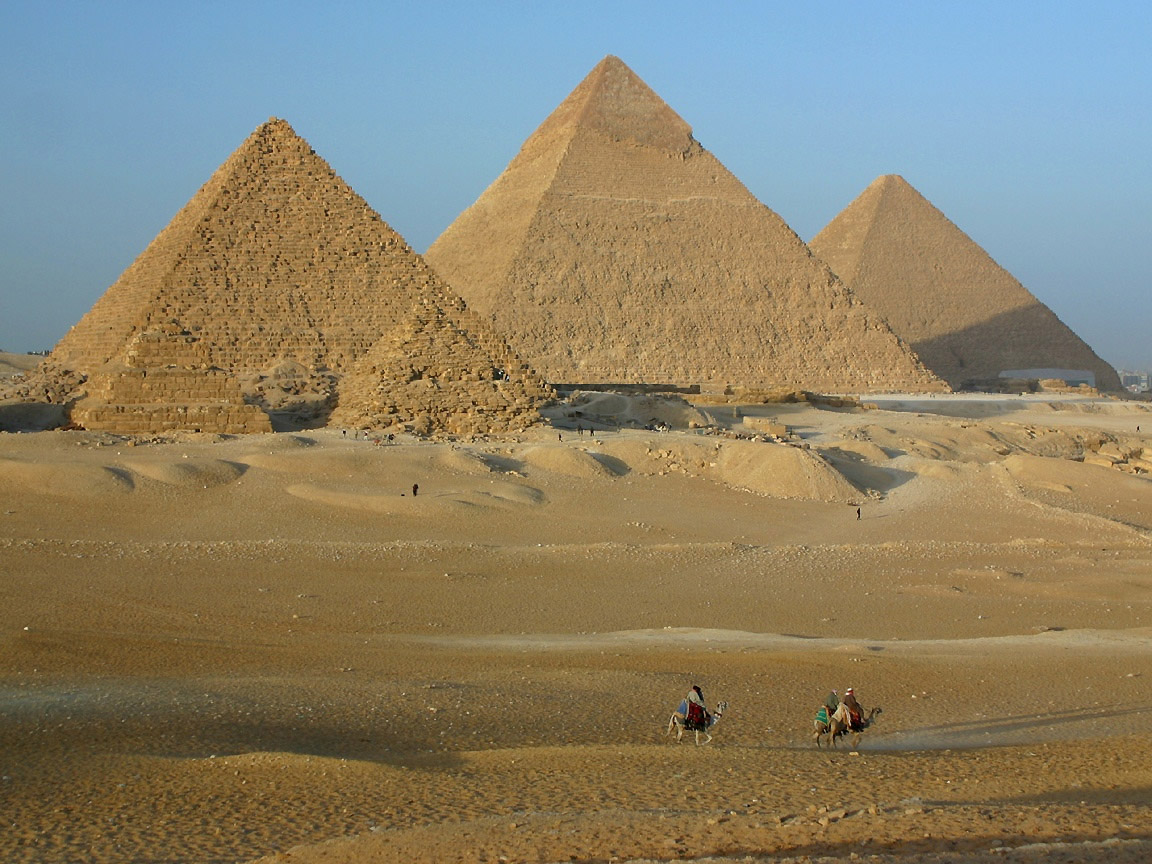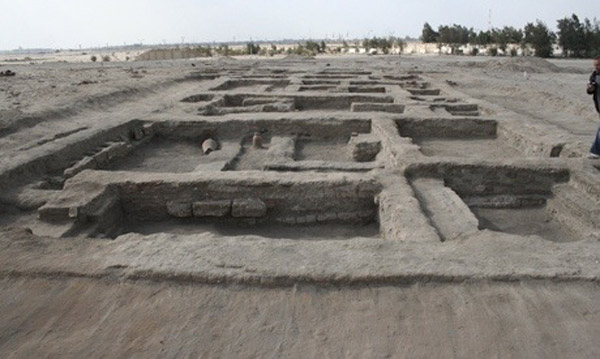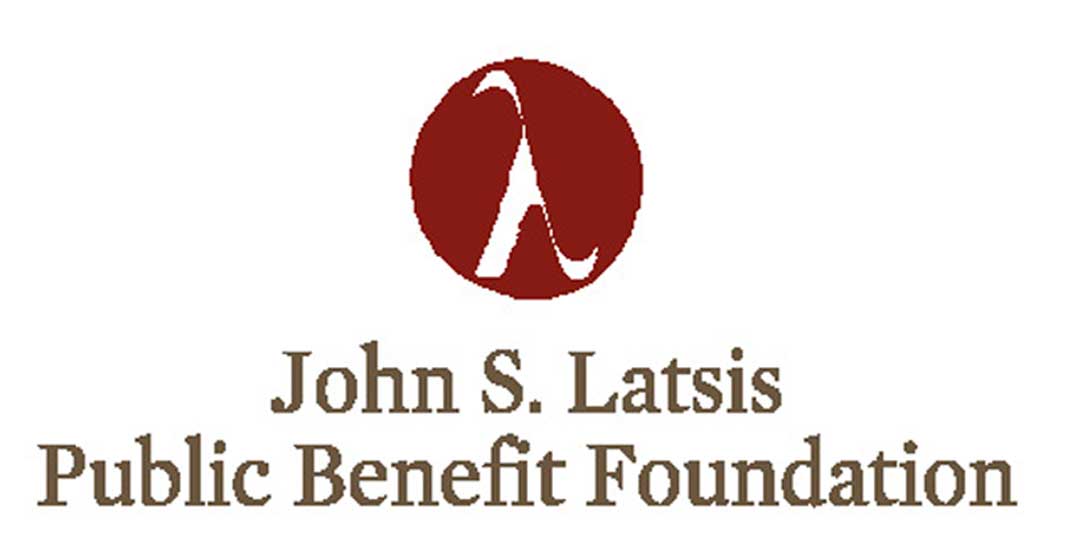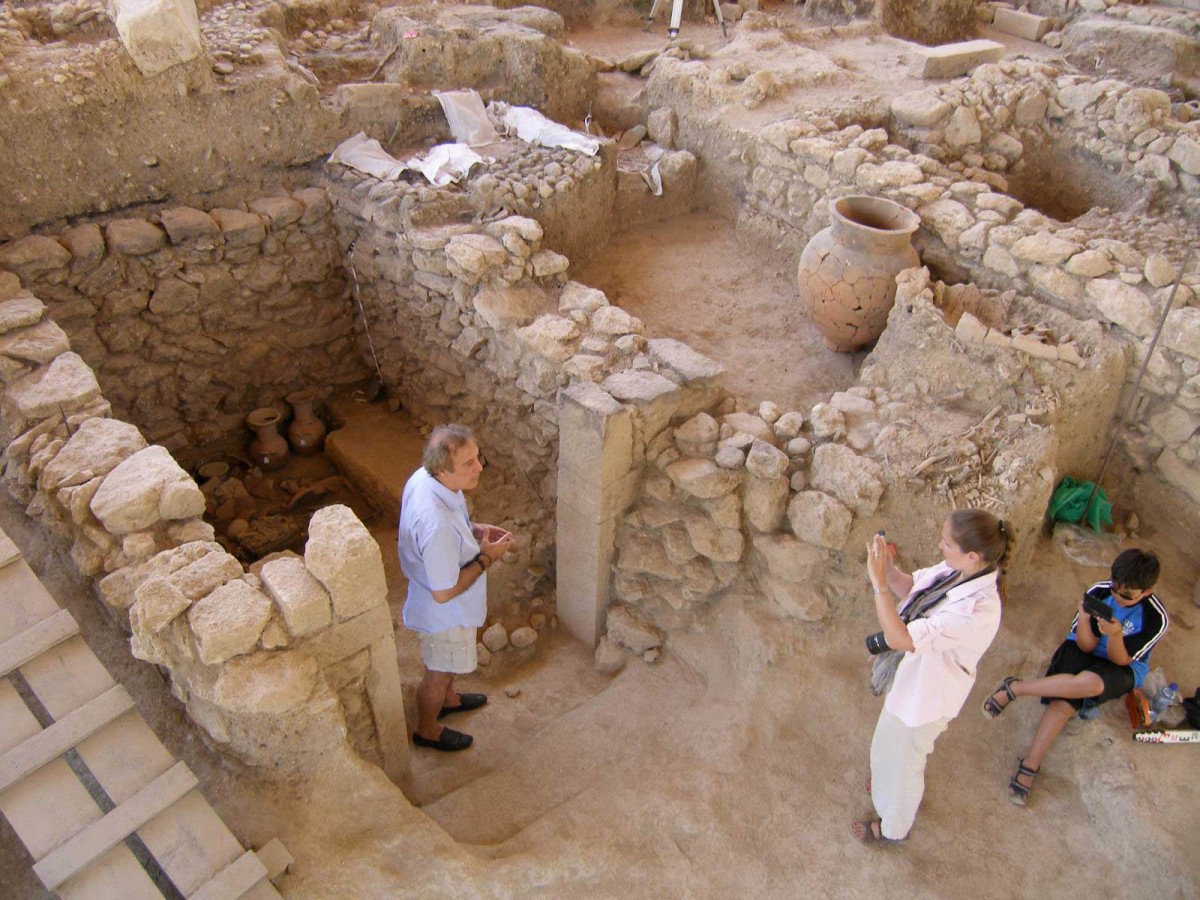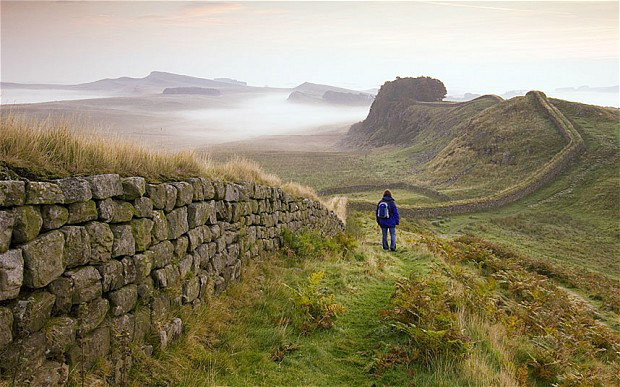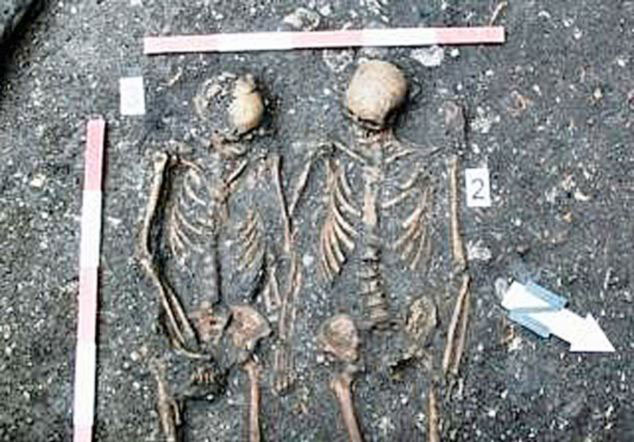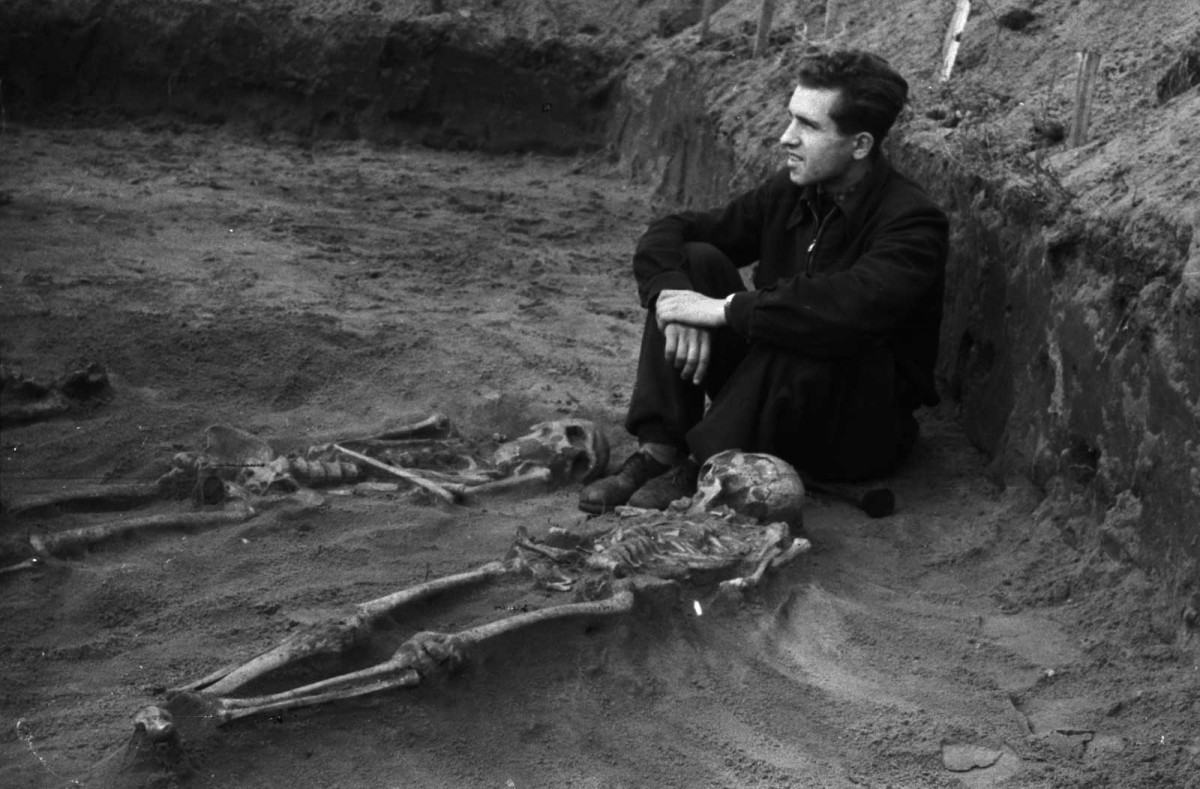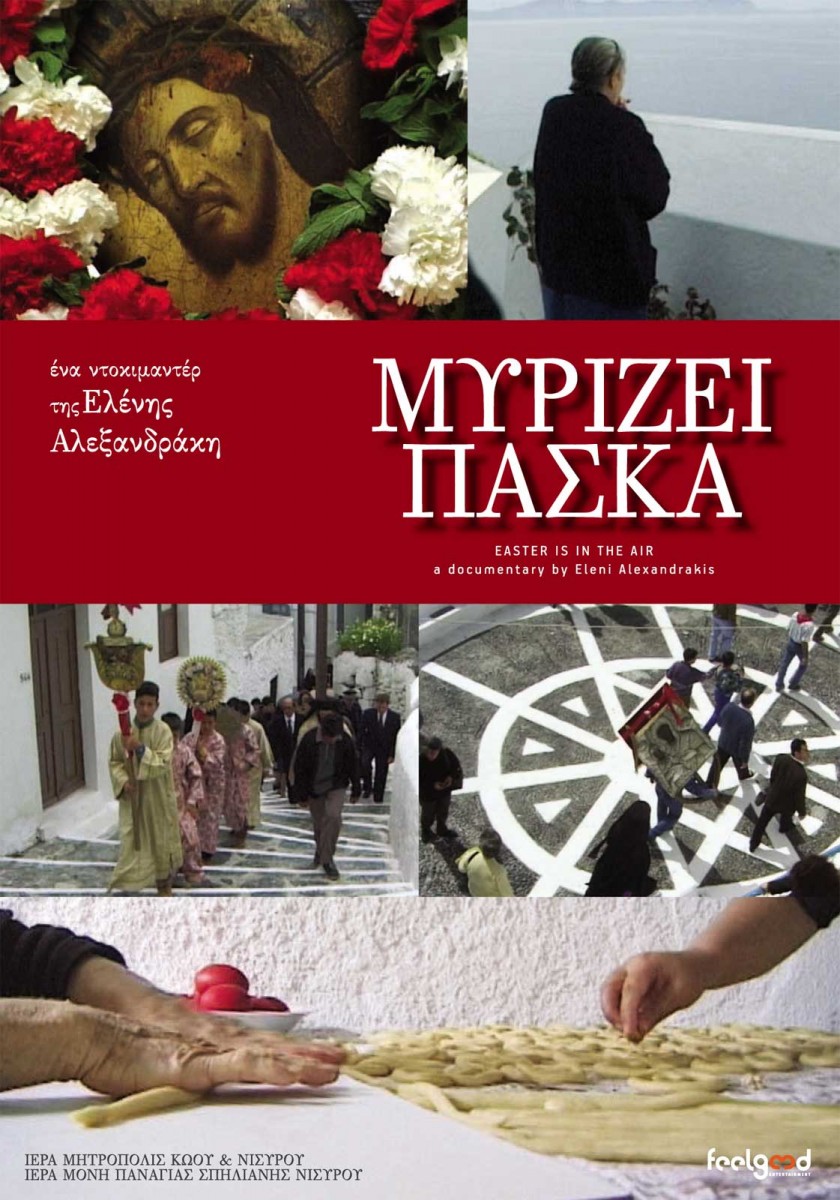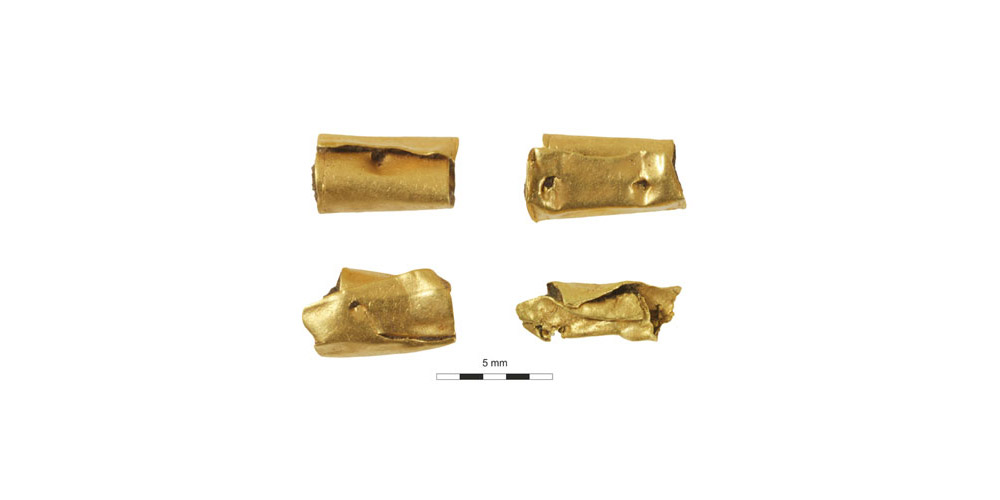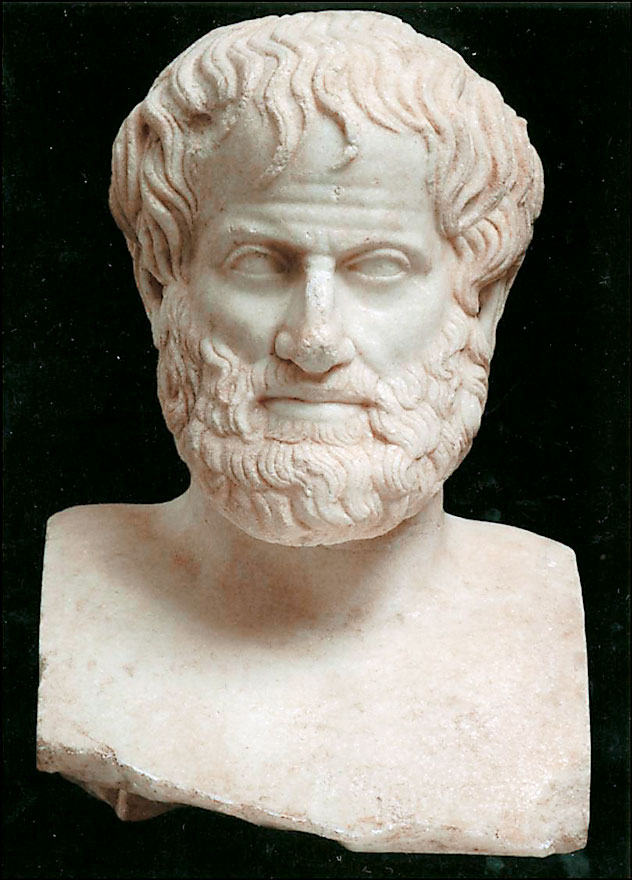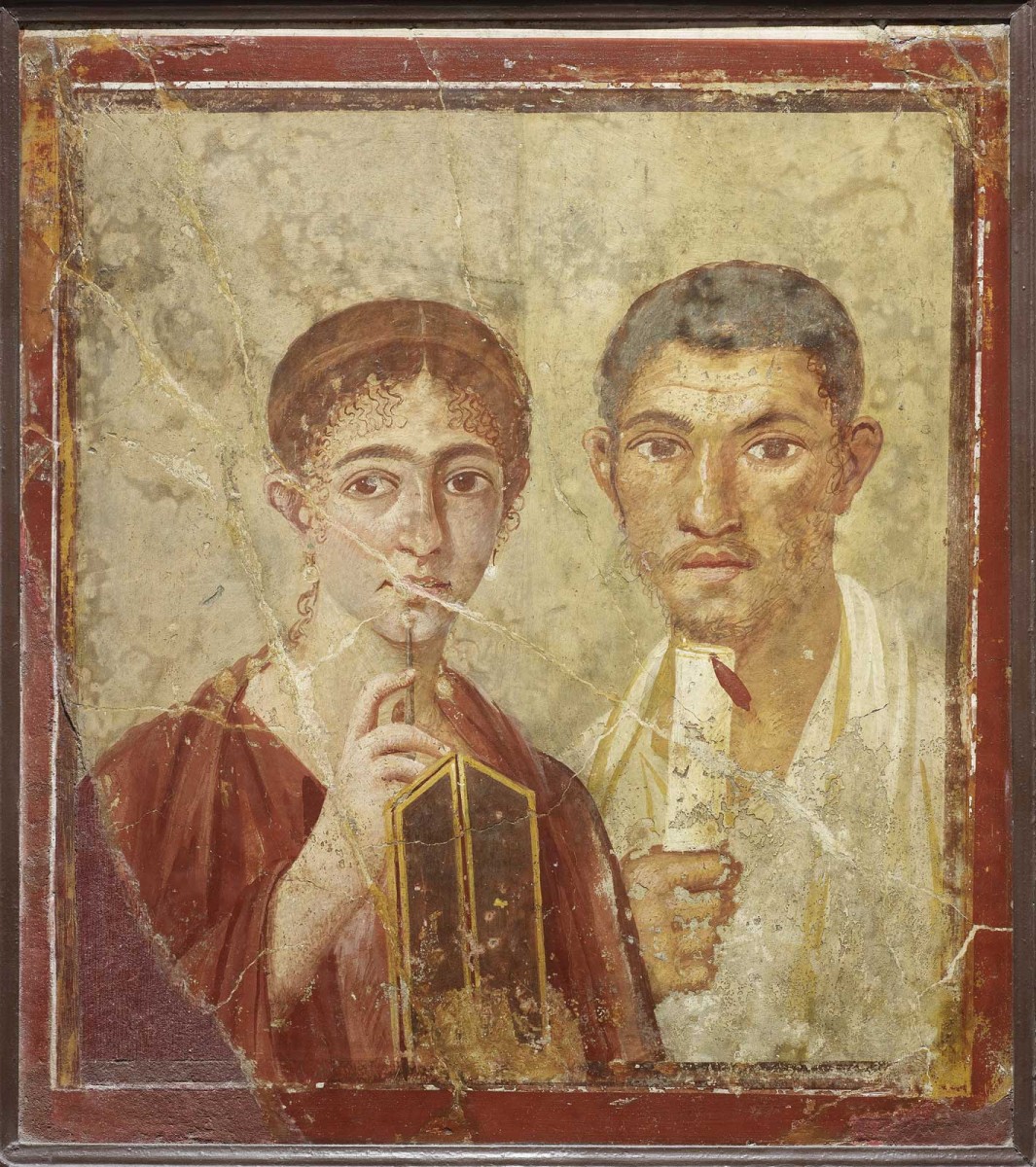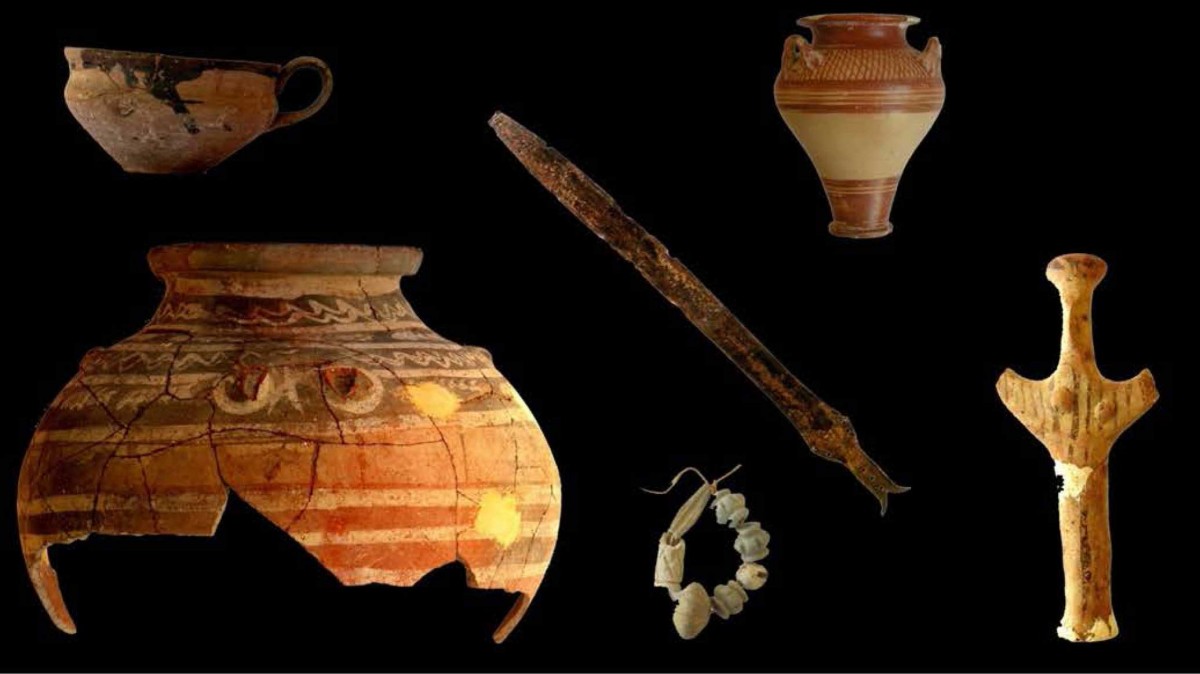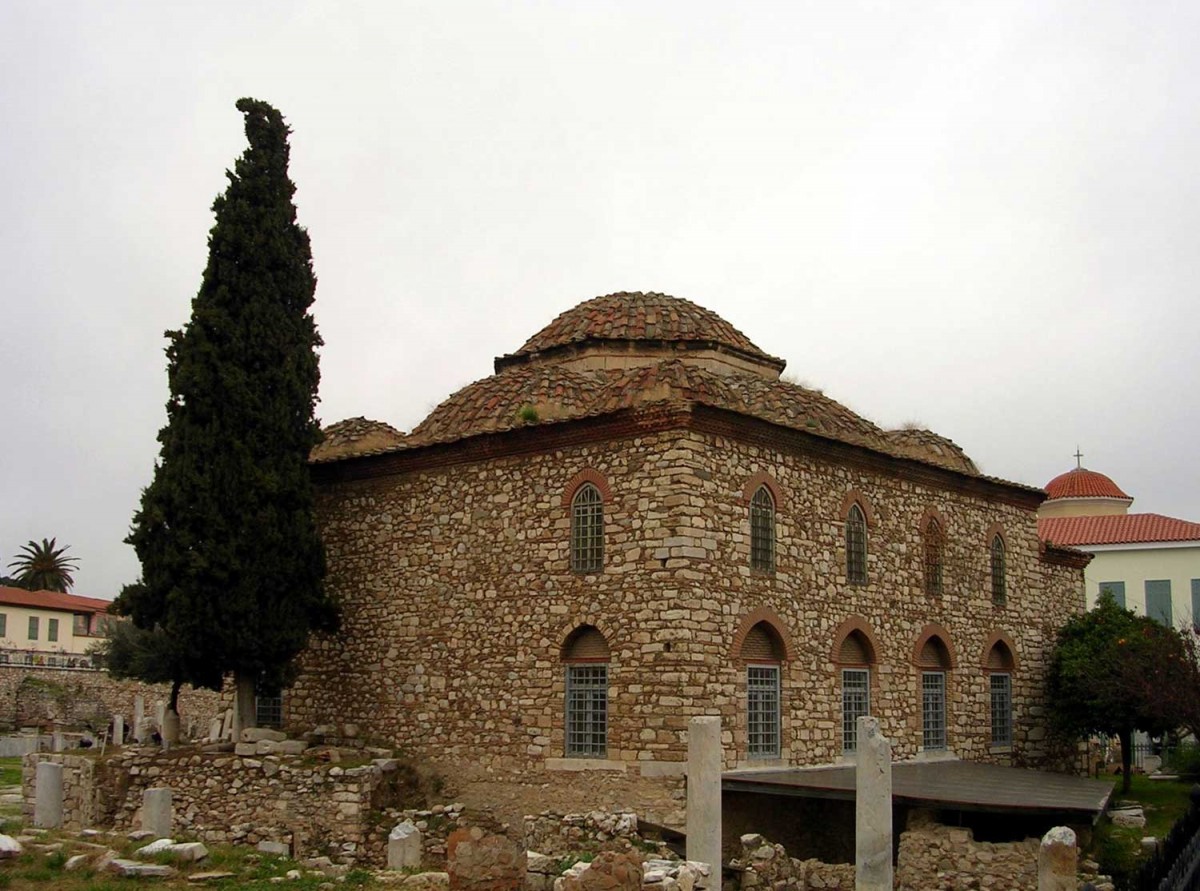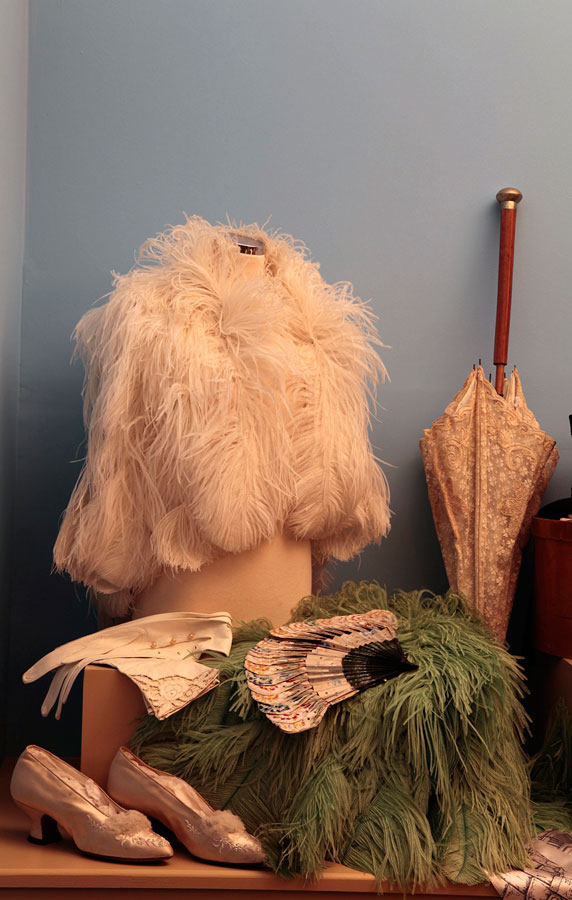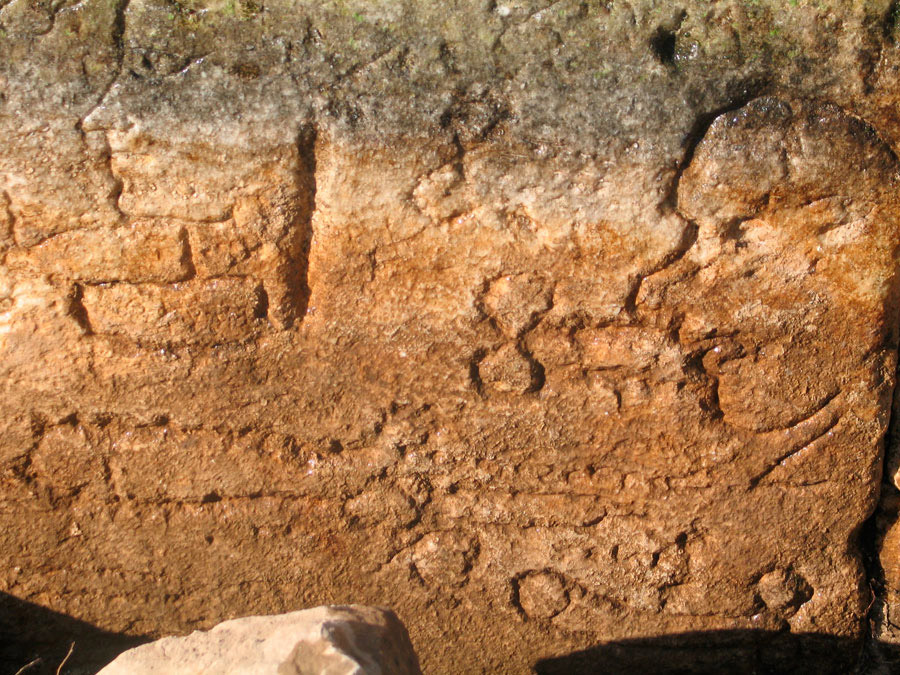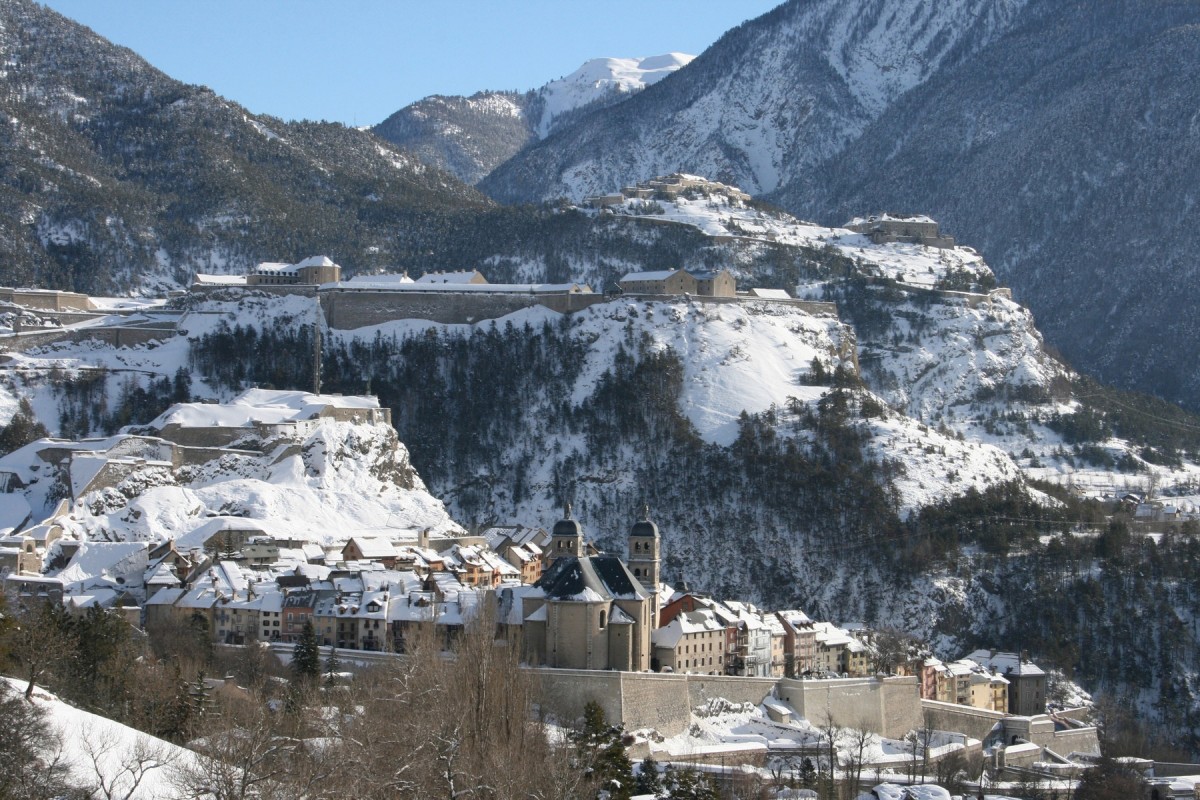A Monumental Underwater Structure in Israel
What is a monumental ancient stone structure doing in the Sea of Galilee?
Nasreddin Hodja’s tomb found in Sivrihisar
Akşehir was known as the birth and death place of Nasreddin Hodja but from now on Sivrihisar should be recorded as the place where he was born and died.
Egyptian Wedding Certificate Key to Authenticating Controversial Biblical Text
The ink used to pen the controversial text represents an innovation of its time and it can also be found in marriage contracts from Roman Egypt.
Did an Earthquake Destroy the Mycenaeans?
A group of scientists researches on the possibility that the Mycenaean civilization received a major blow by an earthquake.
Extension of “The Shipwreck of Antikythera”
The temporary exhibition “The Shipwreck of Antikythera: the Ship, the Treasures, the Mechanism” at the National Archaeological Museum will be extended until the 31st August 2013.
The minaret of the Umayyad Mosque has been destroyed
The state news agency Sana accused rebels of destroying the minaret. However, activists say the minaret was hit by Syrian army tank fire.
PhD Scholarship in Egyptology
The scholarship is funded by the project ‘Fertilizing the ground and harvesting the full potential of the new neutron and X-ray research infrastructures close to CopenhagenUniversity’ (UCPH Excellence Programme for Interdisciplinary Research, 2016 Funds).
Roman industrial area uncovered in Egypt’s Suez Canal
A number of workshops for clay and bronze statues, pottery vessels as well as a collection of administrative buildings, store galleries and a whole residential area for workmen have been found
John S. Latsis Public Benefit Foundation funding of one-year research projects
The John S. Latsis Public Benefit Foundation invites research groups from all scientific fields to submit proposals for research projects for the year 2014.
Feeding the Pyramid Builders
Scientists in Egypt have recently discovered remains of what is thought to have been a a massive catering-type operation serving the needs for food of the Giza pyramids' builders.
Eleutherna on Crete: A “Homeric” site revealed
The Director of the Museum of Cycladic Art will introduce the audience to Eleutherna, one of the capital cities of ancient Crete, during the time period of the Homeric epics (ca. 1000–600 B.C.).
One million Brits ‘descended from Romans’
One million British men may be directly descended from the Roman legions which came, saw and conquered England and Wales almost two thousand years ago, a DNA study suggests.
The Wonderful World of Disney: Collecting Classical Antiquity
Professor David Gill will be looking at the background to Dr John Disney and will explore how he became interested in archaeology.
Skeletons holding hands unearthed in Romania
Archaeologists from the Cluj-Napoca Institute of Archaeology and History of Art discovered the bodies of a young couple who were buried holding hands.
Digging up Lithuania
In the April edition of Europeana eNews, one can browse images of the excavations which were conducted in Lithuania 45-65 years ago.
Easter is in the air
Documentary shown in the National History Museum of Athens on Friday, April 26th, 2013.
A 4,400 Year Old Rich Wife of Windsor
A rich burial of a high profile Copper Age lady came to light near Windsor
Adaption and Environment in Aristotle’s Biology
7th lecture of the series of the “International Colloquium on Aristotle”, organized by the Interdisciplinary Centre for Aristotle Studies.
Pompeii and the Mafia
The Mafia is connected to the delay in the beginning of restoration works in Pompeii and the sky-rising of costs for the project.
Minoanization and Mycenaeanization at the “Serraglio” on Kos
The next Minoan Seminar will be held on Friday 26 April 2013, at 6.30 p.m.
The Fethiye Mosque will be restored
The Fethiye Mosque (“Mosque of the Conqueror”) in Monastiraki will be restored, as the Central Archaeological Council has given the green light to the study submitted.
40th anniversary of the Peloponnesian Folklore Foundation
The PFF will celebrate its fortieth anniversary as lavishly as possible, and on a large scale.
Graffiti as source for the study of historical and social conditions
Being -in their majority- products of the moment and composed by people in the condition of stimulation, intoxication or merriness, graffiti are hard to interpret but invaluable as historical sources.
“ The 7 Most Endangered”
The final list will be announced at Europa Nostra’s 50th Anniversary Congress in Athens on 16 June.
